There are many types of sewing equipment. They differ in their functionality, price, and other characteristics. People who are just starting to sew do not even know about the existence of a flat-stitch machine. Beginners do not take such equipment seriously, do not understand how coverstitch machines differ from other types of machines. That is why it is necessary to understand what a flat-stitch sewing machine is, what capabilities and characteristics it has, and in what cases such equipment can be very useful.
- Overlock stitch - what is it?
- How a coverstitch machine works and what is a flat seam
- What is the difference between a flatlock machine, a coverlock machine and an overlock machine?
- Do you need a coverstitch machine when you have an overlocker?
- Technical characteristics of overlock machines
- Types of seams made on a cover stitch machine
- Appearance of a flat seam on factory-made products
- Do you need special threads to work on a coverstitch machine?
- What fabrics can be sewn with an overlock machine
- Which set of functions is better to choose for an overlock machine?
- The best coverstitch machine
- Is it difficult to learn to sew on an overlock machine?
Overlock stitch - what is it?
A cover stitch sewing machine is one of the few types of equipment that allows you to create flat seams for T-shirts or shirts. This type of stitch cannot be made on other devices. Cover stitch machines are usually used to sew clothes from fabrics that stretch very much (knitwear, stretch, knitted items). This type of machine does not have a bottom thread feed. Its stitch is made by creating chain stitches, which have the property of stretching if the material is elastic.
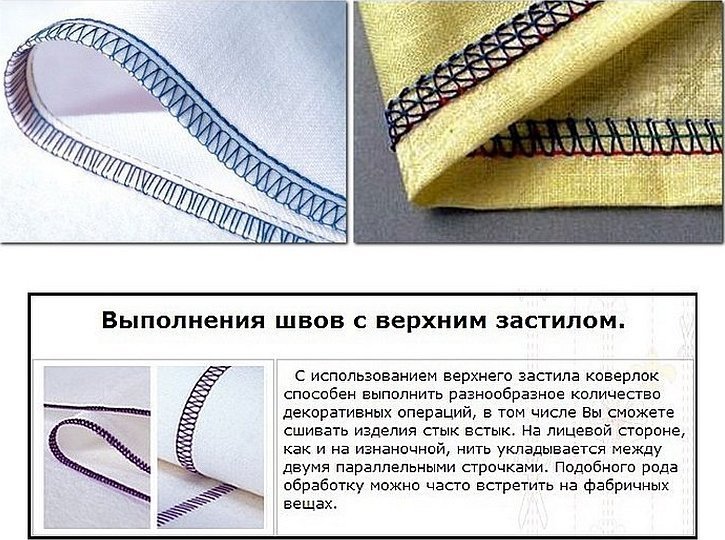
Types of flat-stitch machines use two or more threads when sewing. That is why the number of types of stitches can reach up to twenty. The stitches themselves are divided into decorative elements and ornaments, and can be used to connect fabric and fold the lower parts of products.
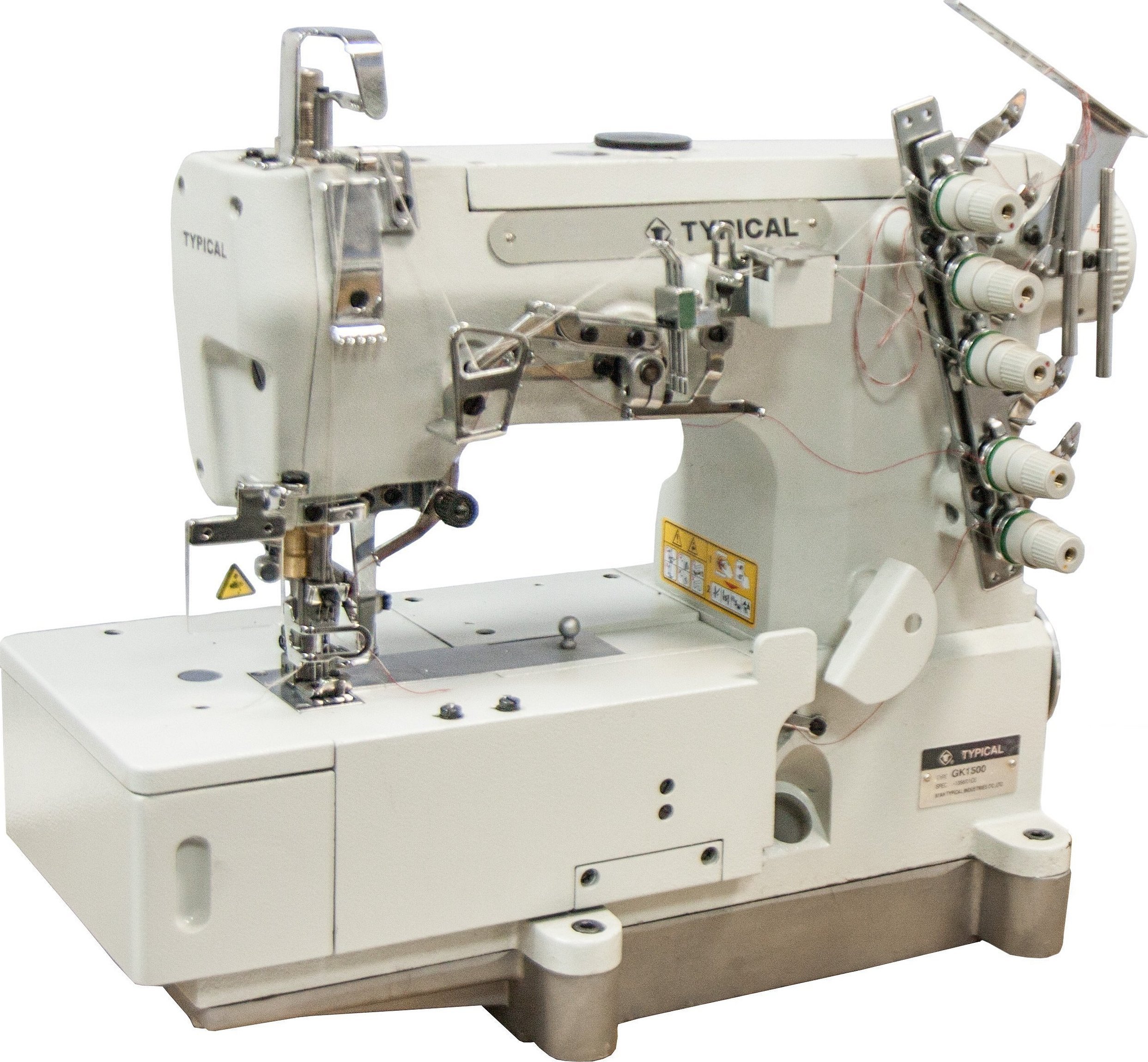
How a coverstitch machine works and what is a flat seam
Despite the fact that some overlock machines reach large sizes, their operating principle is extremely simple. There are several needles intended for the upper threads, a lower looper and an upper thread layer (if provided by the manufacturer). A design with such units is called a regular 5-thread overlock machine. Even the simplest overlock for household purposes is a little more complex.
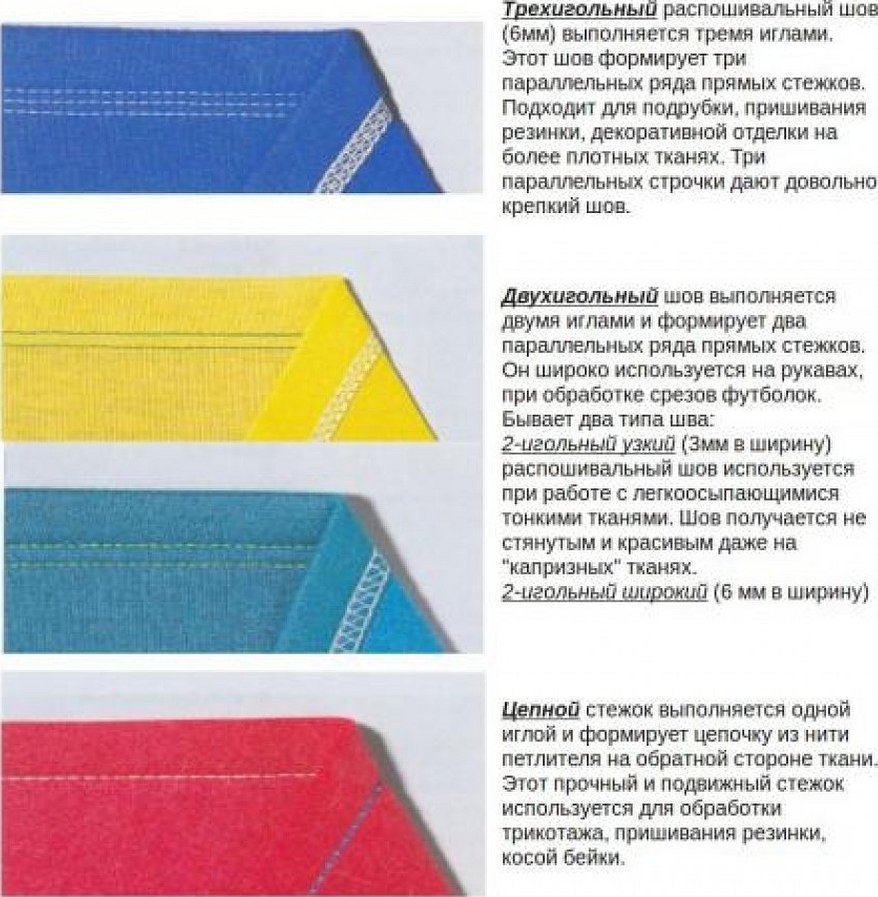
When the needles are lowered into the fabric, the looper removes the upper threads and goes in its direction. The needles repeat the cycle, gradually lowering into the fabric. This time, they remove the threads from the looper. This is enough to form one flat stitch (seam). Despite all the simplicity, you can set up dozens of values for the machine to work. Including the setting of the needles and looper. This is recommended only for experienced users.
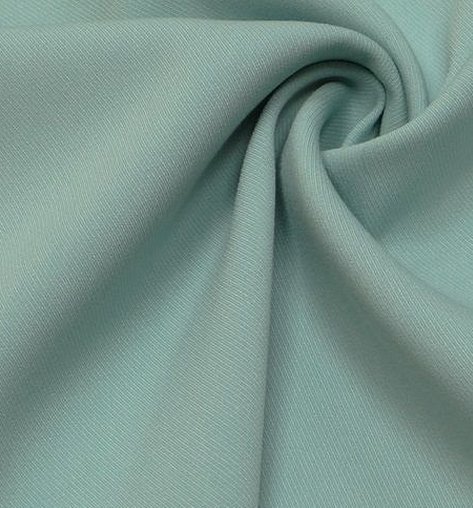
What is the difference between a flatlock machine, a coverlock machine and an overlock machine?
The cover stitch is designed to create a single seam - a flat one, but you can come up with a hundred other varieties based on it. The coverlock differs from such equipment in that it combines two types of equipment at once: a flat-seam and an overlock. This means that the coverlock allows you to overcast fabrics using the functional features of the overlock, and after reconfiguration - to stitch a flat seam.
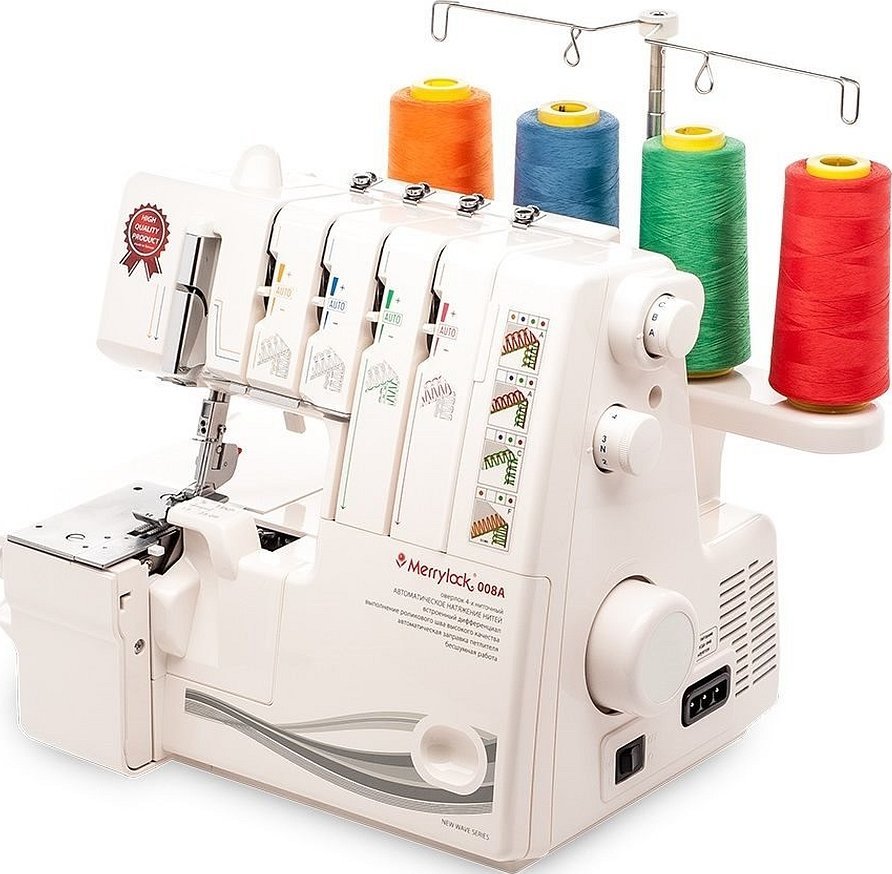
Do you need a coverstitch machine when you have an overlocker?
An overlock is designed for high-quality processing of fabric edges. When a person buys an overlock, he often wonders whether it can perform a flat seam. Modern models of overlock machines can quite easily create this type of stitches. It is necessary to carefully study the instructions for use and inquire about the characteristics of the equipment before purchasing it.
Important! An overlocker cannot completely replace a coverstitch machine, since its main potential is aimed at overcasting the edges of the fabric. The overlocker has a sleeve that is too small, while the coverstitch machine allows you to connect individual pattern pieces.
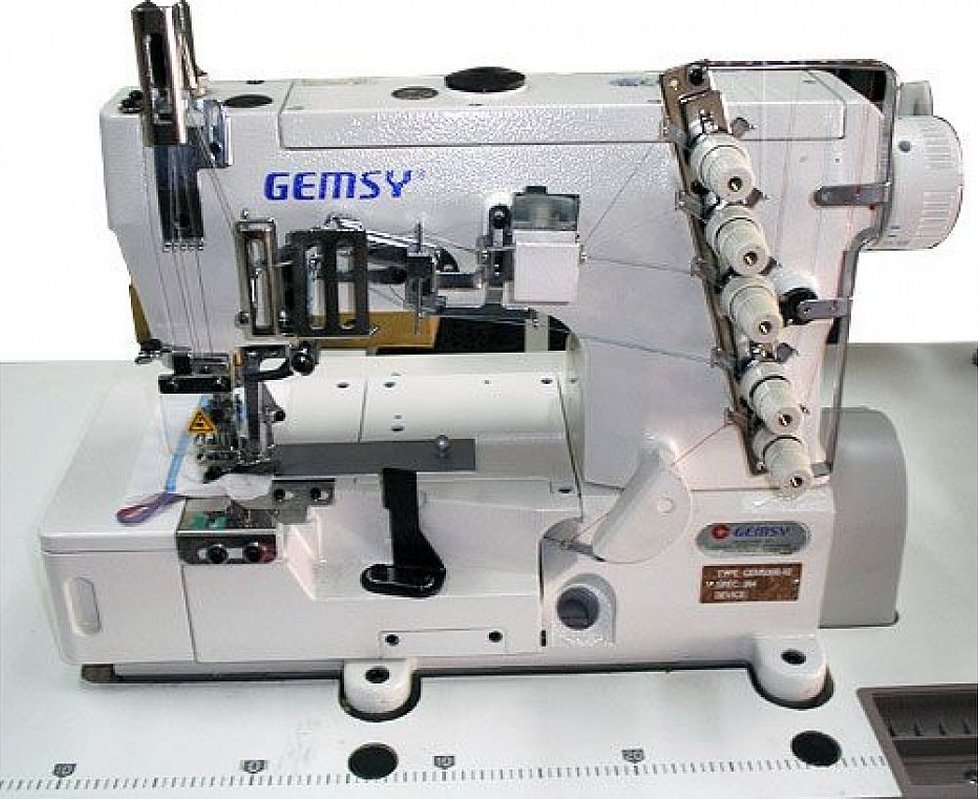
Technical characteristics of overlock machines
The characteristics of any, even similar type of machines, vary greatly. It would take more than a few pages to list all existing models, so as an example you can look at two examples:
- Typical GK31030. Has 3 needles and 5 threads. Also has one looper. The height of the foot lift is 0.6 cm (maximum). Speed is 4000 operations (stitches) per minute. The basic configuration can be supplemented with other parts and units (needle bar, additional thread guide, etc.).

- Juki MF-7723-U10-B48. The model is slightly more expensive than the previous one. This is a high-speed machine with upper and lower cover for flat seams, capable of sewing knitted products end-to-end and overlapping. It also has 3 needles and 5 threads. Sewing speed is 6500 stitches per minute. Lubrication type: automatic.
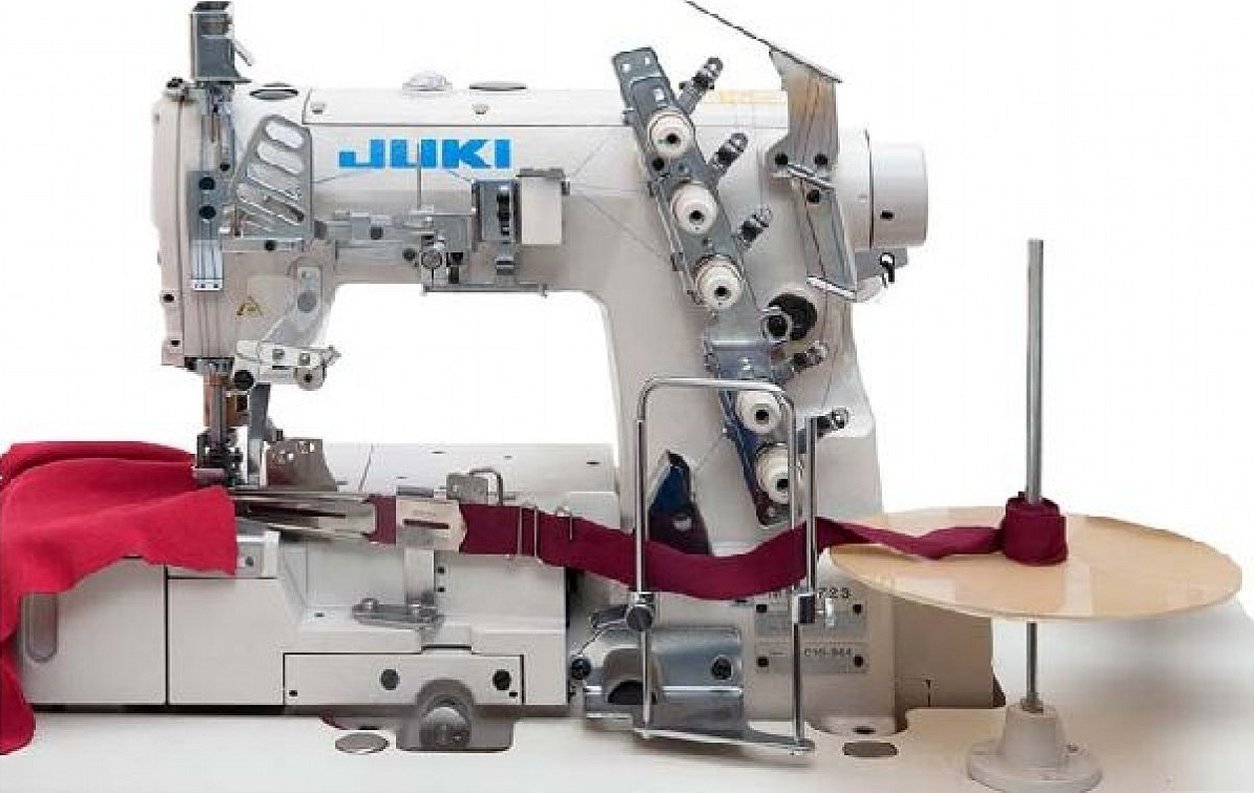
Types of seams made on a cover stitch machine
The lines that are formed during the work process have increased elasticity and are of the following types:
- three-needle flat stitch. Necessary for hemming items, sewing on elastic or creating decorative elements;
- narrow two-needle seam. Necessary for stitching thin knitwear;
- wide double-needle seam. Used for sewing cotton jersey clothing;
- Single-needle chain stitch. Used for sewing knitted fabrics, jeans, sewing on elastic and bias tape.

Appearance of a flat seam on factory-made products
The image above shows a three-needle flat seam from the inside and from the front. This option is rare. Much more often, a two-needle seam is used. It can be found on any T-shirt or shirt in its hem or sleeves. This is often due to the economy of threads in production.

Do you need special threads to work on a coverstitch machine?
To obtain a high-quality and stretchable seam, it is necessary to use high-quality threads that will not break. Overlocks, coverlocks and flatlocks are very demanding in relation to threads. If you intend to make a thing from knitwear or other elastic fabric, it is best to purchase a set of threads specifically for this purpose. They are made from synthetic raw materials that can stretch together with the fabric and not spoil the appearance of the product.
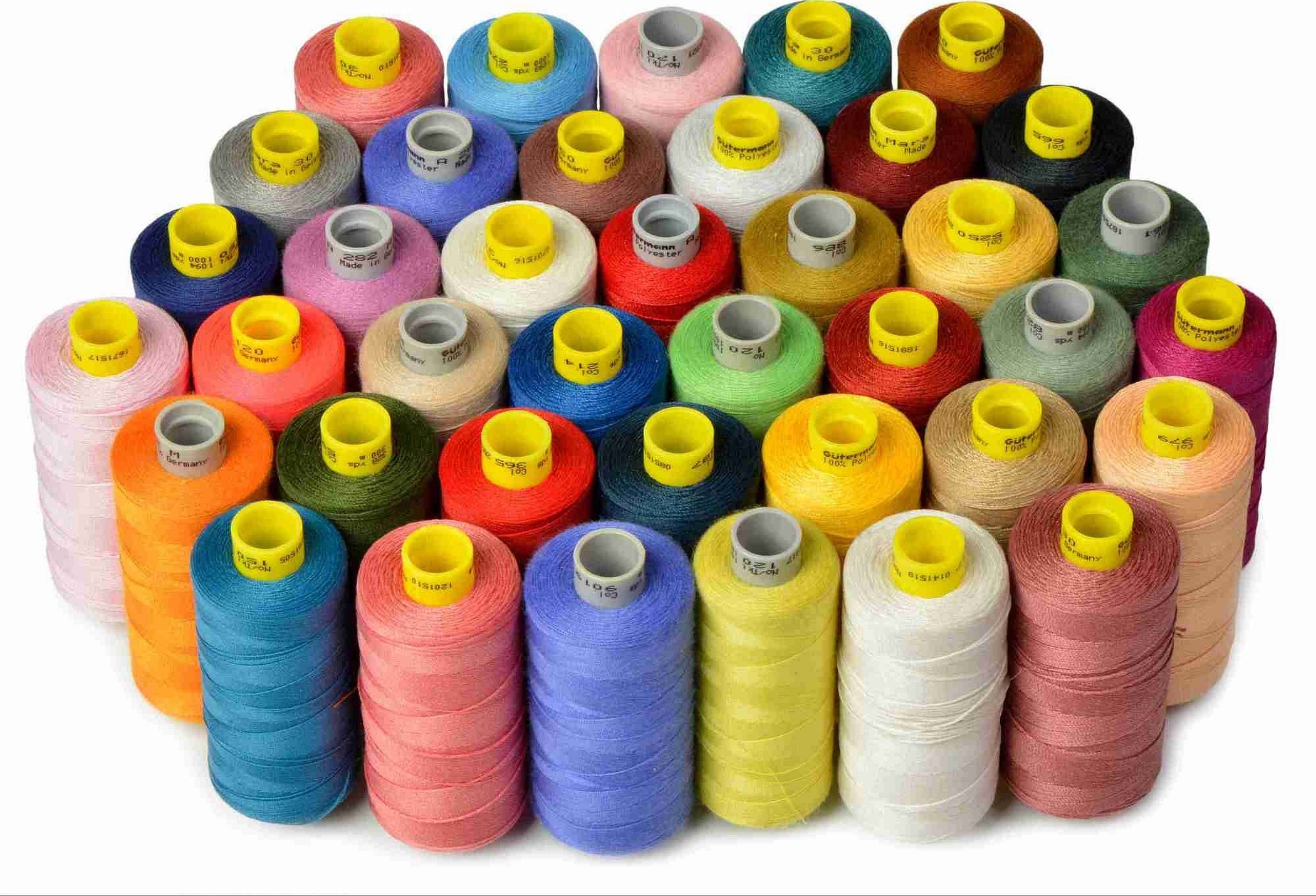
What fabrics can be sewn with an overlock machine
Modern devices can work with any type of fabric that is prone to stretching. The most common material is knitwear of varying density. Stretch fabric and hand-knitted or machine-knitted items are also often used.
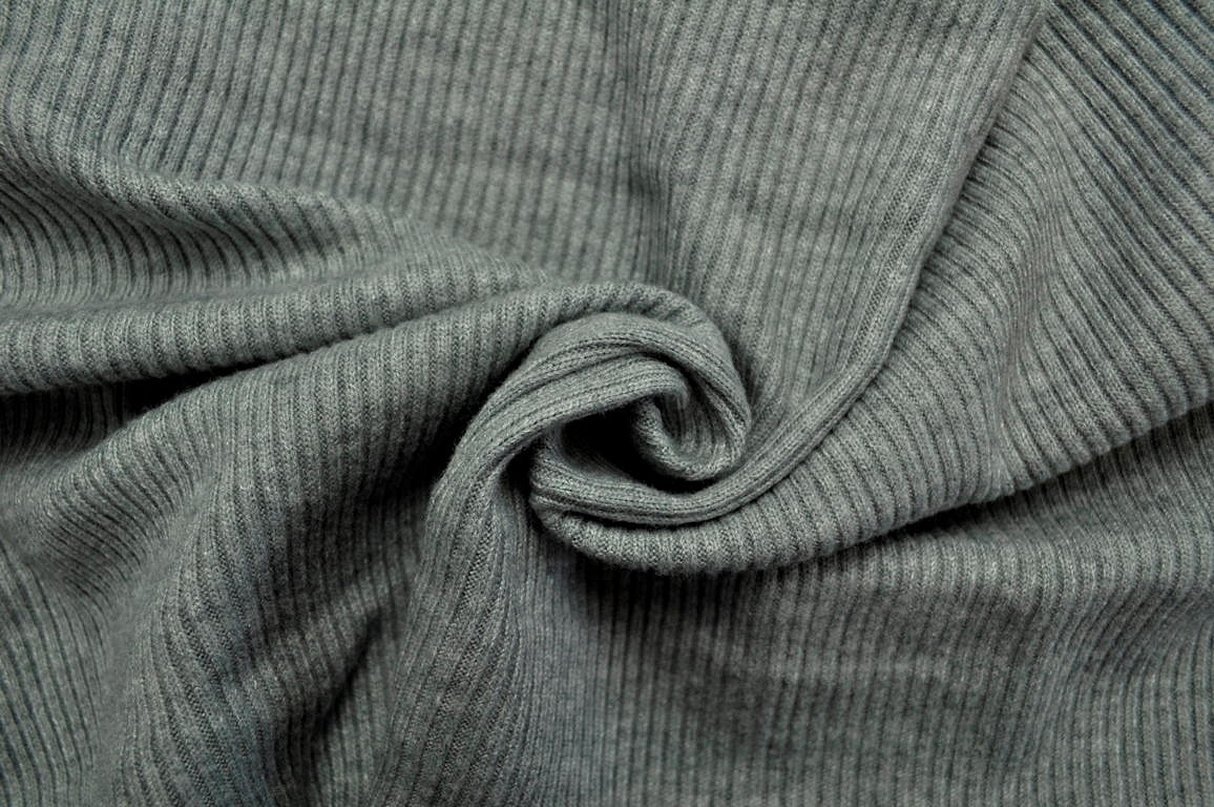
Which set of functions is better to choose for an overlock machine?
The quality of the final product directly depends on the functions that are embedded in the sewing machine, as well as on the experience of the master. For home use, of course, you should not buy a machine with a large set of unnecessary operations, since this increases its cost several times, and additional functions may ultimately turn out to be useless. Such a machine must necessarily have:
- removable sleeve;
- speed mode from a thousand stitches per minute or more;
- automatic or manual thread tension control;
- at least three stitching needles;
- automatic filling unit;
- four or more preset sewing operations.
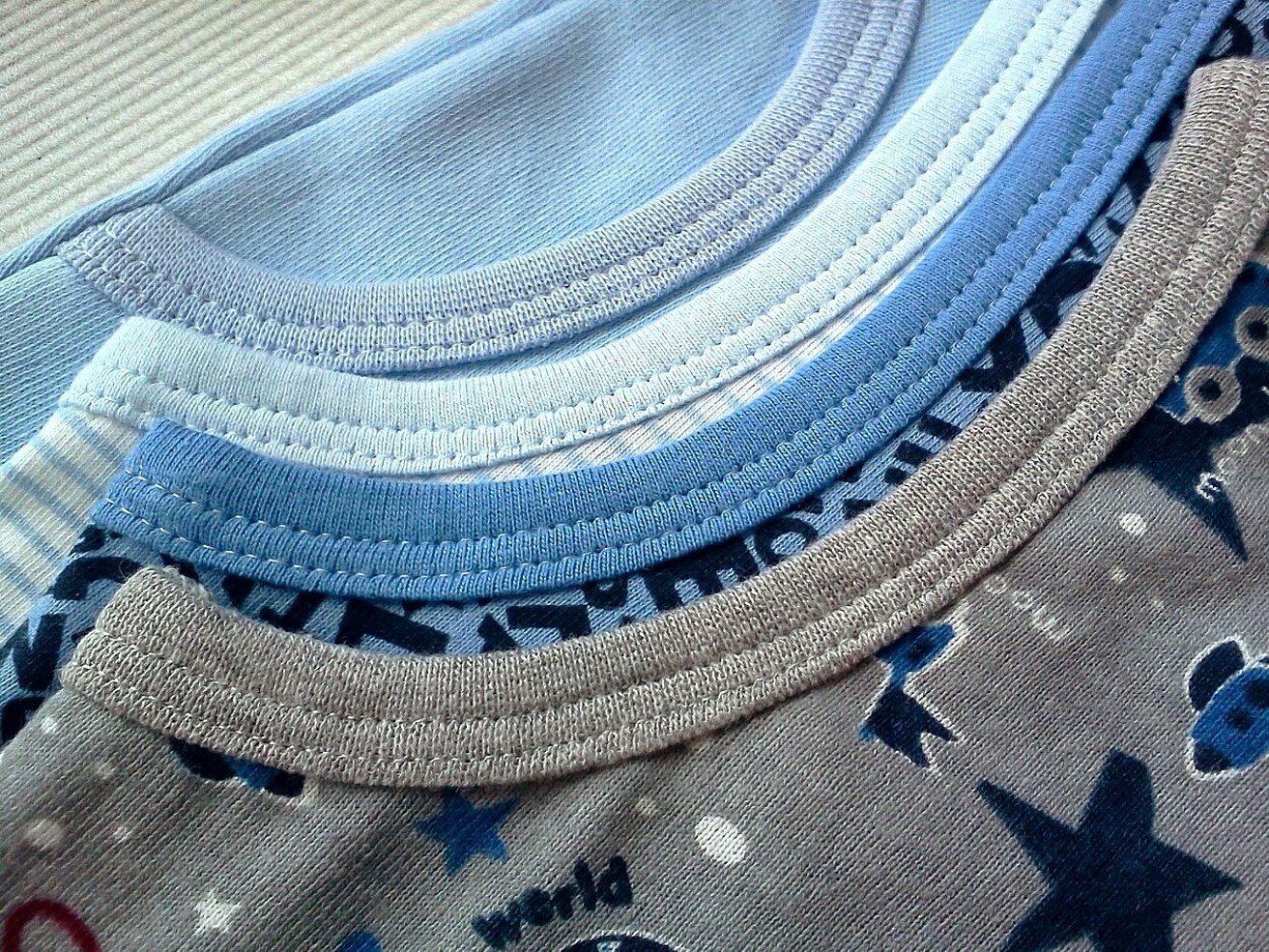
The best coverstitch machine
Below is a list of the best devices in terms of quality and price. These are the ones that experts and experienced users recommend buying:
- Merrylock devices. They have differential thread feed and automatic looper threading. Despite manual tension control, they have adjustment of the material cutting width and adjustment of its pressure. They work with two or three threads, performing four sewing operations at a speed of up to 1300 stitches per minute;

- Janome overlock machines. This manufacturer has always been popular with needlewomen. Janome overlock machines can make up to 7 types of seams, have 3 needles and a thread tension control system. Foot pressure and lower conveyor feed regulators are also provided on most models;
- Brother CoverStitch 2340CV machine. Has a speed of 1000 operations/min and five sewing operations. Works with 2, 3 and 4 threads simultaneously. As in analogs, it provides for adjustment of the material pressure and looper threading in automatic mode;
- Family MasterLock 8000W overlock machine. Stitch length from 1 to 4 millimeters with a speed of 1000 stitches per minute. Works with 3 and 4 threads, fed differentially. Has a puncture force stabilizer.
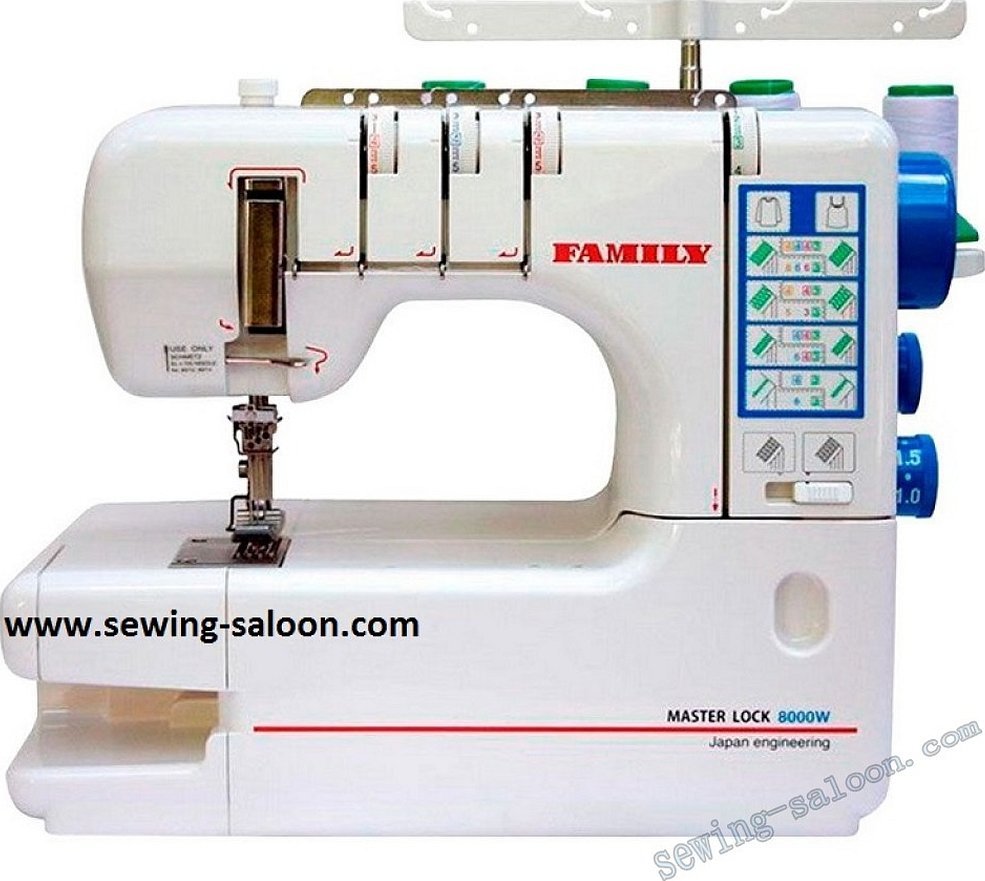
Is it difficult to learn to sew on an overlock machine?
It is believed that the cover stitch is "capricious", but if you master it, you can easily sew flat stitches yourself, which will be no different from the factory ones. Threading and all other operations are practically no different from operations in other types of machines. There is one recommendation: if a person does not have an overlock, and has not worked on it, then it is too early to think about a cover stitch. You can kill two birds with one stone by purchasing a coverlock, which can also make flat seams, albeit not of the same quality as a cover stitch.
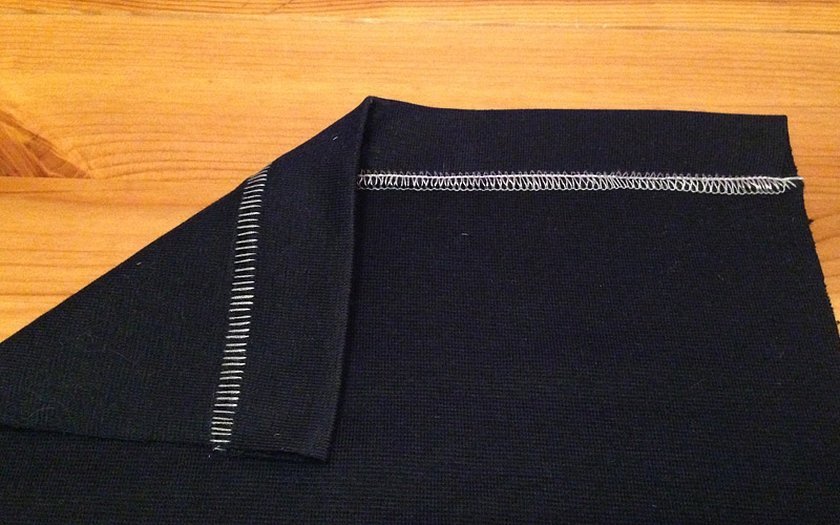
A cover stitch sewing machine is a useful device for performing a narrow type of work. It allows you to do what other types of machines cannot - create high-quality flat seams. Even inexpensive options will allow you to hem the bottom and sleeves of T-shirts or shirts without much effort.




